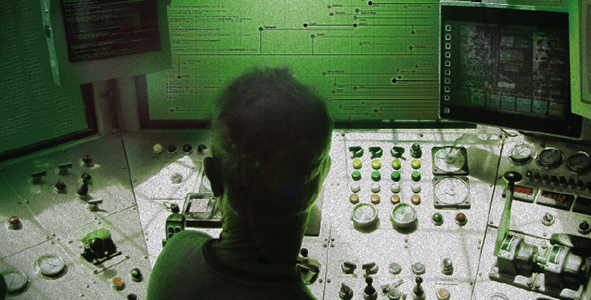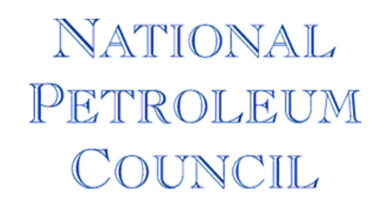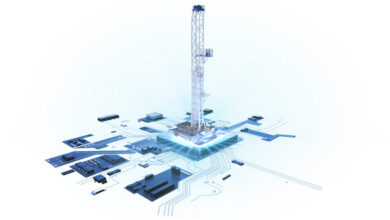Machine intelligence enables human expertise

By Kelli Ainsworth, Editorial Coordinator

Automation is evolving in a direction that utilizes the ever-increasing ability of machines to rapidly process and analyze data, alongside the ability of human experts to react to unexpected situations and make high-level decisions, said Dr Alonso Vera, Chief of the Human Systems Integration Division at the NASA Ames Research Center. “The real progress in the next 50 years is going to be human-machine teaming,” Dr Vera said. “The humans are the ones who will make decisions when encountering something unexpected, while the machines are doing all the hard data crunching.” Because human expertise will continue to play a crucial role in automated systems, these systems must be designed with the human role in mind. Dr Vera is scheduled to share insight on automation from his work at NASA in a presentation at a symposium to be jointly held by the IADC Advanced Rig Technology (ART) Committee and the SPE Drilling Systems Automation Technical Section (DSATS) on 29 February in Fort Worth, Texas.
The processing power of computers has increased to the extent that iPhones today are more powerful than the supercomputer housed at the NASA Ames Research Center in the 1990s, Dr Vera said. This increase in processing ability, along with developments in big data, has led to highly intelligent machines.
However, these machines lack the human ability to adapt to the unexpected. “We are constantly solving new problems,” Dr Vera said, “computers aren’t going that way at all.” Looking at aviation, though technology may eventually reach the point in the next 20-30 years where a plane can go from gate to gate without a pilot on the controls, he said, pilots will not become obsolete. They will still be required to make decisions to change course if bad weather or air traffic to avoid bad weather or air traffic, or step in and take control if a problem arises.
Human-machine teaming combines the data-processing capabilities of machines with the decision-making abilities of humans, Dr Vera said. As it begins to plan for manned missions to Mars, NASA is focusing increasingly on human-machine teaming. Astronauts on or bound for Mars would experience a communication delay with ground control of anywhere from 10 and 40 minutes. “So how do you enable a crew of astronauts who can no longer talk to Earth live to do a lot of things that are now being done by tens, if not hundreds, of people on Earth?” Dr Vera said. “The way you do that is increasing the autonomous systems that can walk you through things.”
The eventual goal is to create an intelligent system that the crew can interact with, and that would guide them through situations ranging from assembling equipment to performing surgery. “You know they’re going to run into situations that are unexpected,” Dr Vera said, “The humans are going to have to do a lot of decision-making, but they’re going to have to have smart systems around them,” Dr Vera said.
It is important, Dr Vera said, that these systems be designed with the human’s role in mind. If the systems are too complicated for humans to interact with easily, more human intervention may ultimately be required, rather than less. “You want to wrap the intelligent system around human capabilities,” he said. “That’s when you get the most power out of both the things that the humans are good at and the things the machines are good at.”
The 2016 SPE DSATS and IADC ART Symposium will be held in advance of the 2016 IADC/SPE Drilling Conference, scheduled for 1-3 March in Fort Worth. Registration for the symposium will open with the Drilling Conference registration in November. For more information, please click here.



